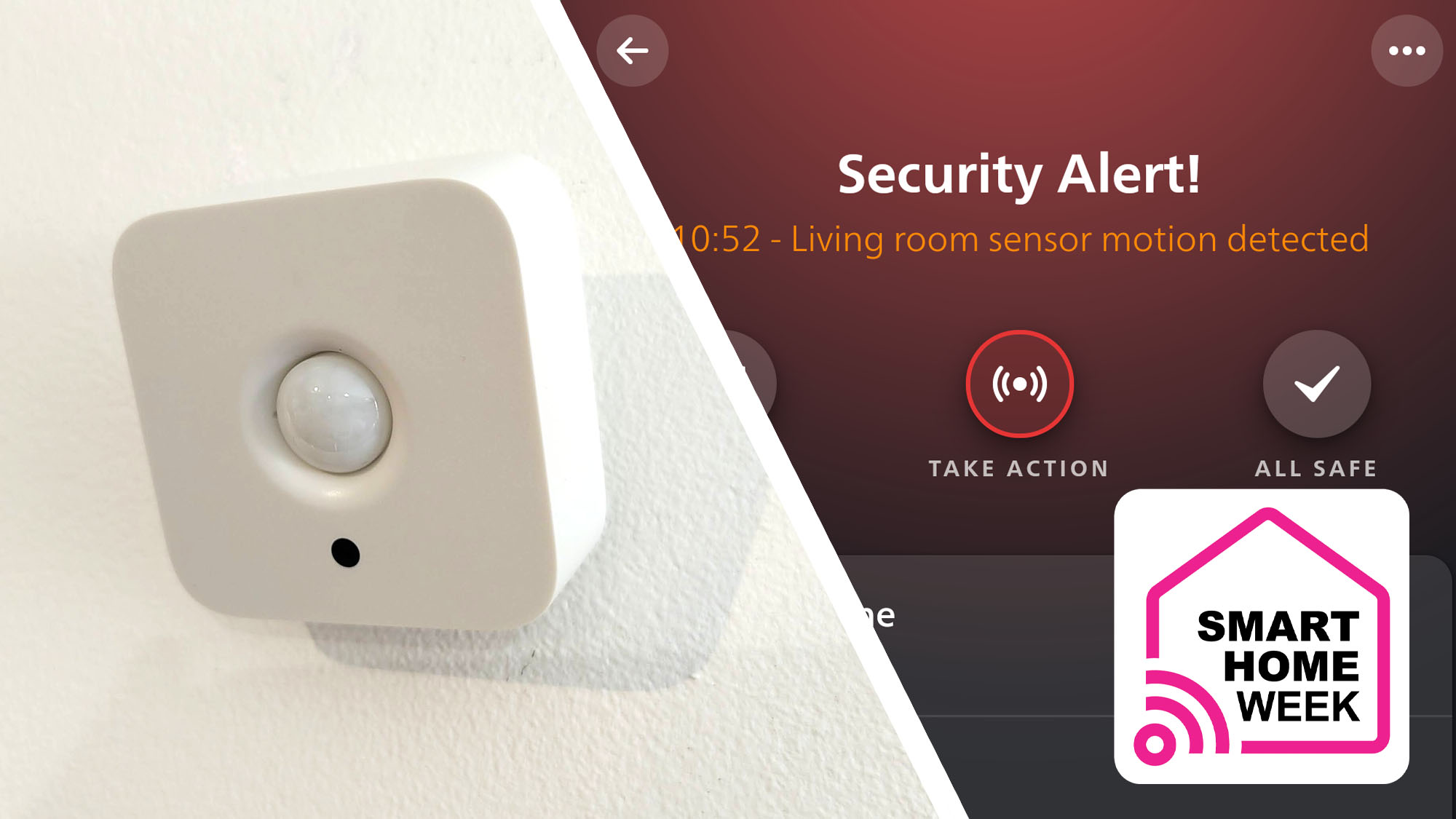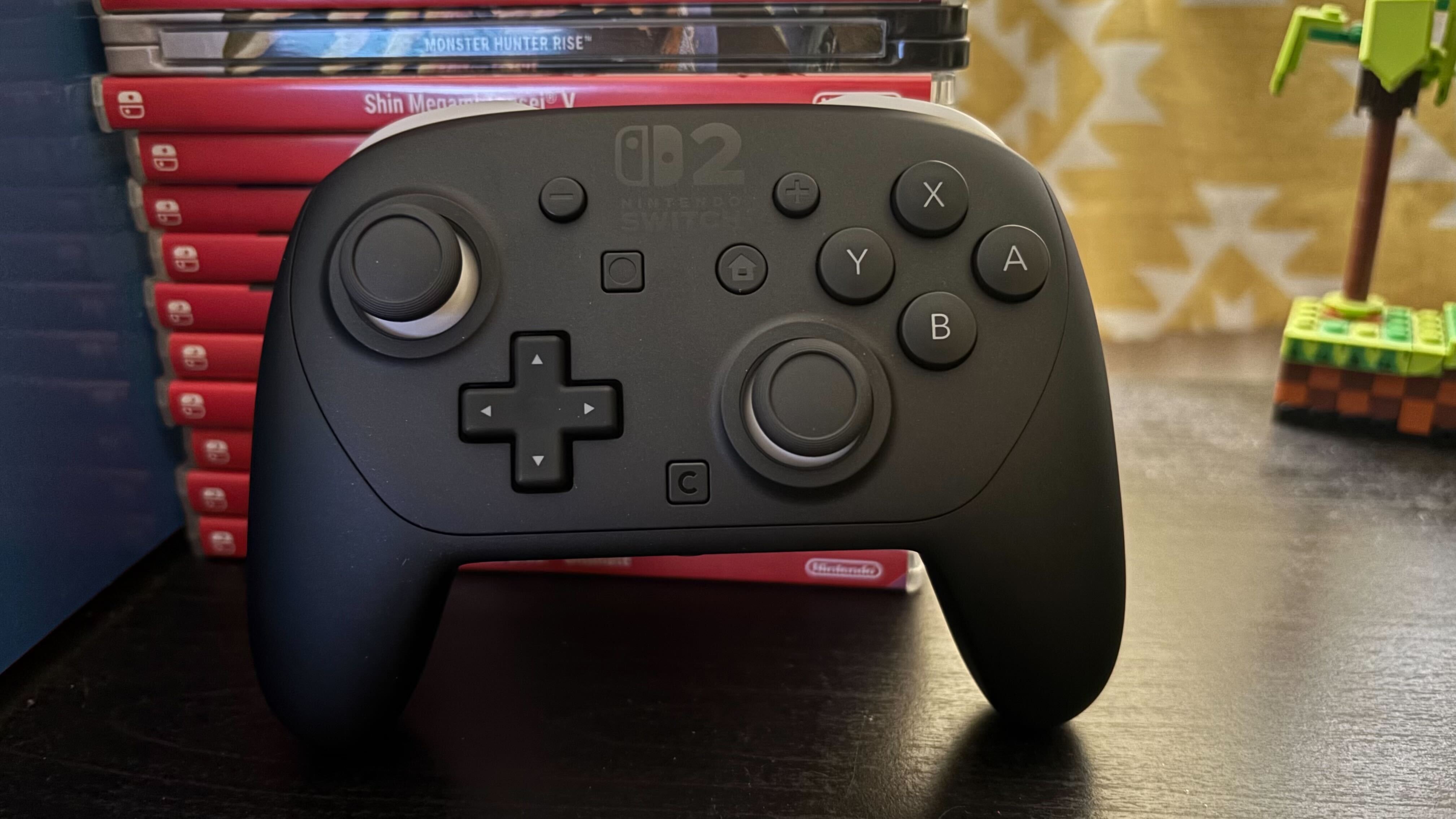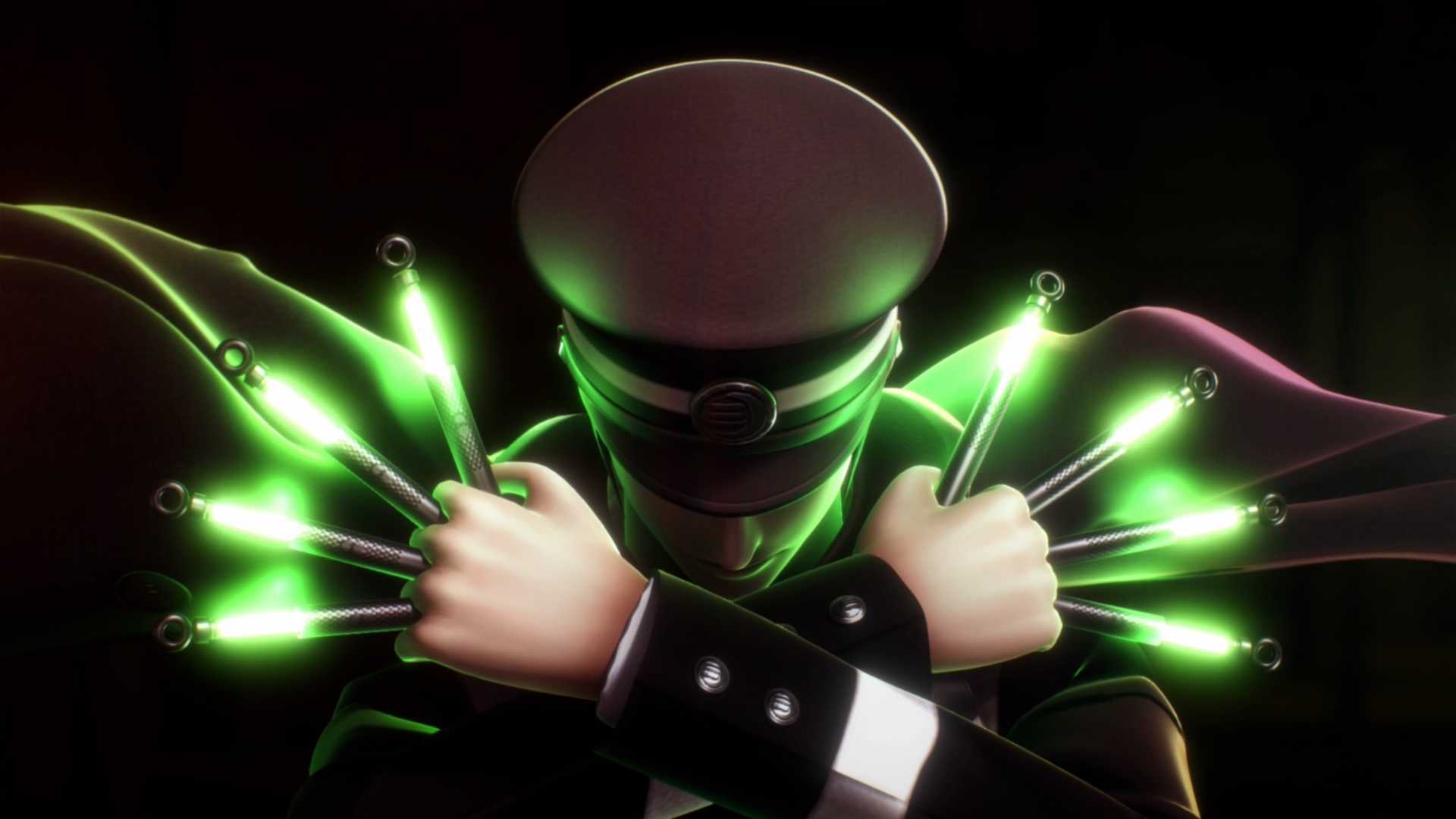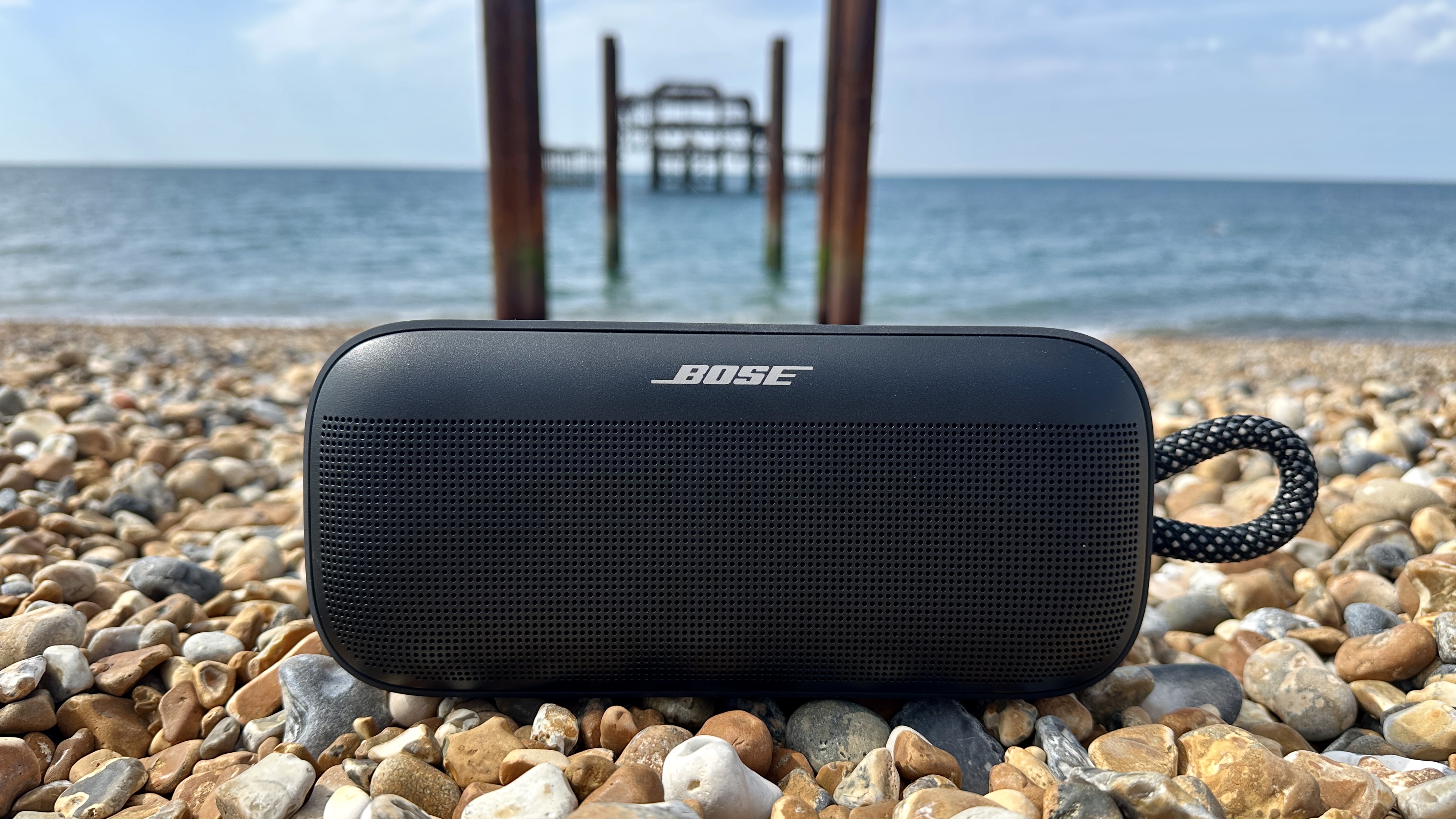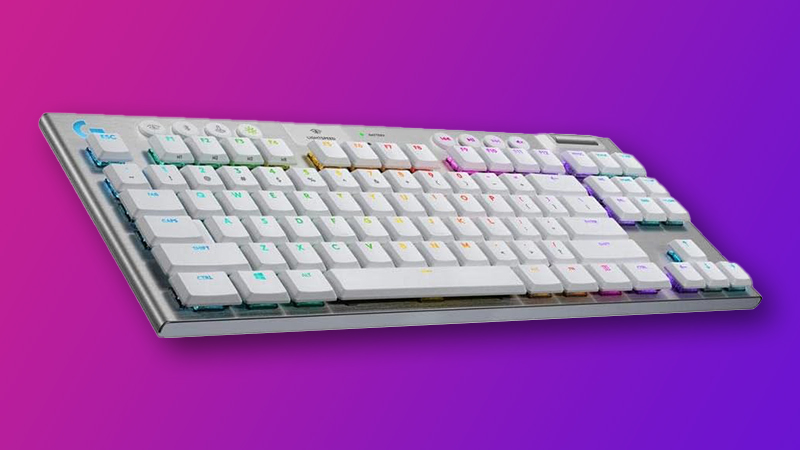Robotic sucker can adapt to surroundings like an actual octopus
Gripping and releasing irregular surfaces is harder than it might seem.
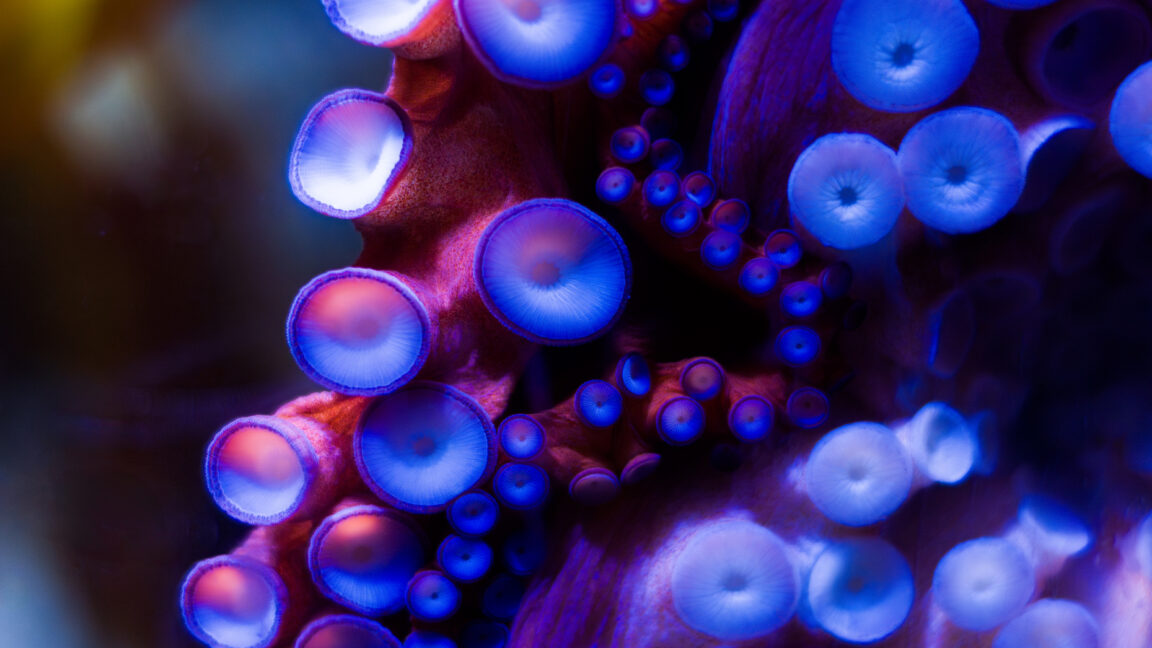
Some of the most ingenious tech has been inspired by nature. From color-changing materials that function like cephalopod skin to a tiny biomimetic robot that looks and moves like an actual cockroach, the extraordinary adaptations of some organisms have upgraded our technological capabilities. Now the octopus is lending an arm—or a sucker.
Octopus tentacles have remarkably strong suckers with an adhesion power that could be an asset to soft robots that need to pick things up and hold onto them. Existing artificial suction cups have trouble with irregular surfaces such as rocks and shells. Cephalopods such as octopuses and squid have evolved biological suckers that can adapt to each surface and attach to them. This is why a team of researchers at the University of Bristol, led by Tianqi Yue, have created robotic suckers that are closer to the real thing than ever.
One reason biological suckers have an edge is mucus secretion, better enabling them to stick on an irregular surface. While robotic suckers can’t exactly go there, Yue figured out a way for them to use water instead of mucus.





